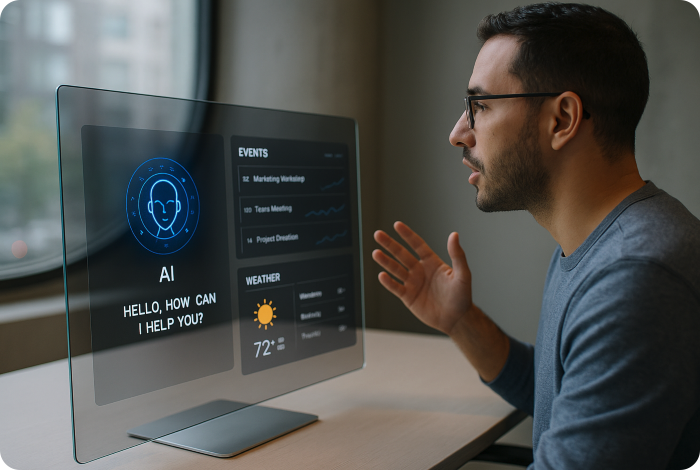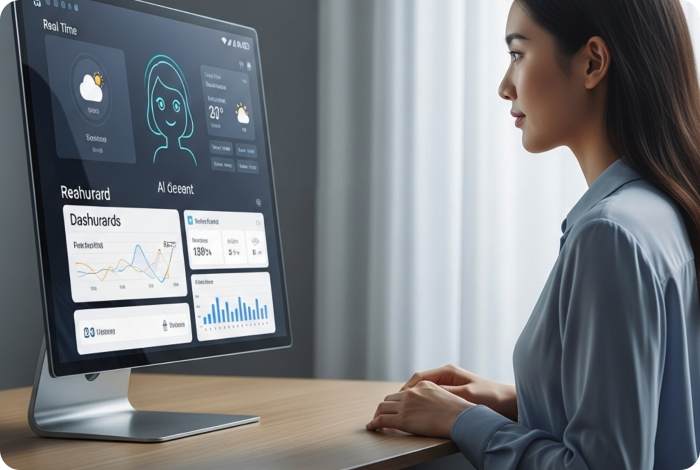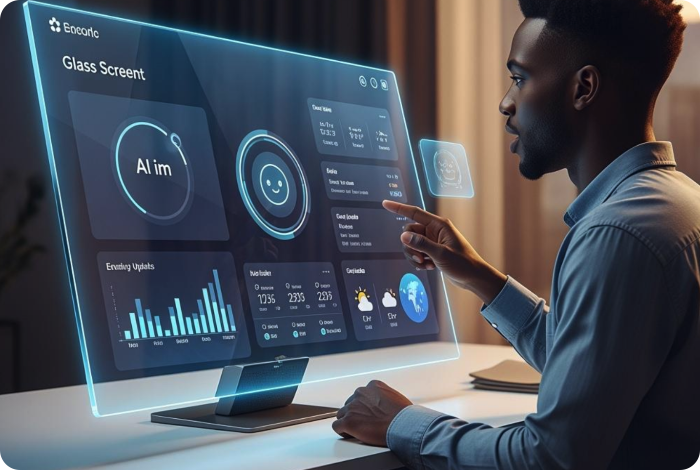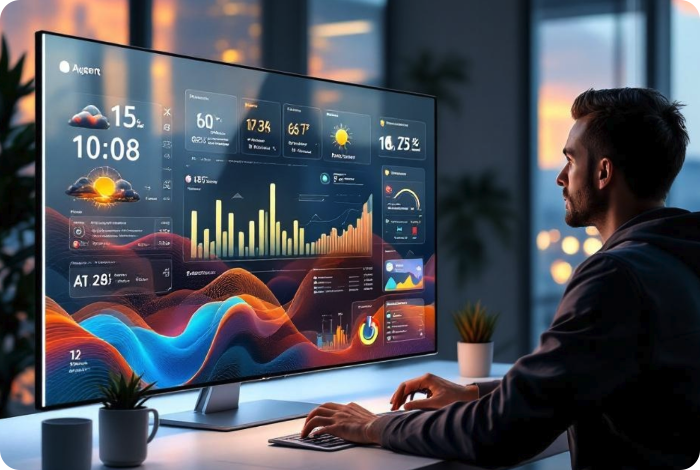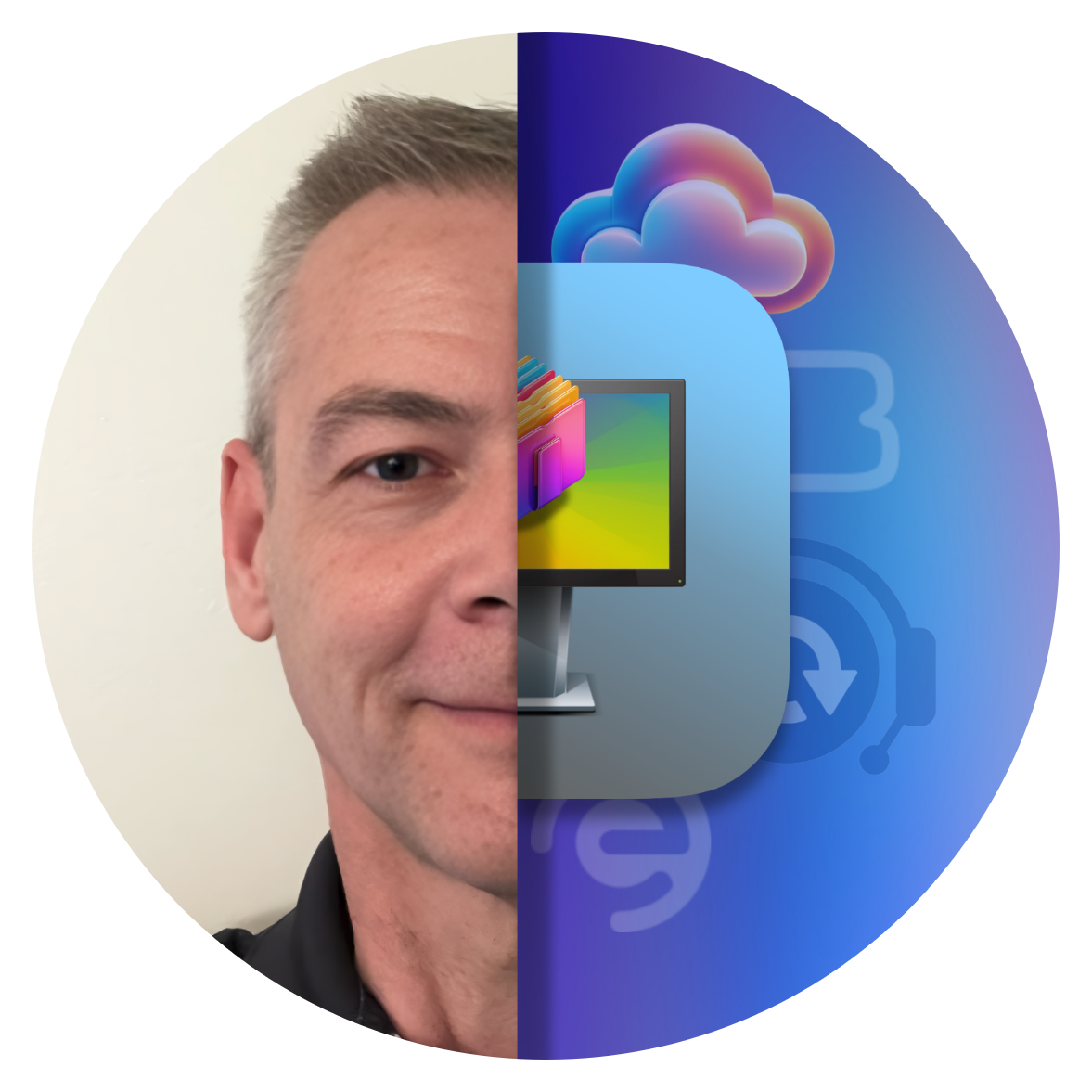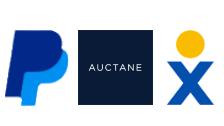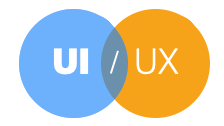AI is changing everything
It's time to update your products
Beyond the mouse and keyboard: welcome to a new era of interaction with dashboards, AI agents, eye tracking, gesture control, and voice commands. Get ready to adapt your existing or new apps to this next wave of user interaction. Images generated using Mistral AI, Gemini, and OpenAI based on my prompts.

